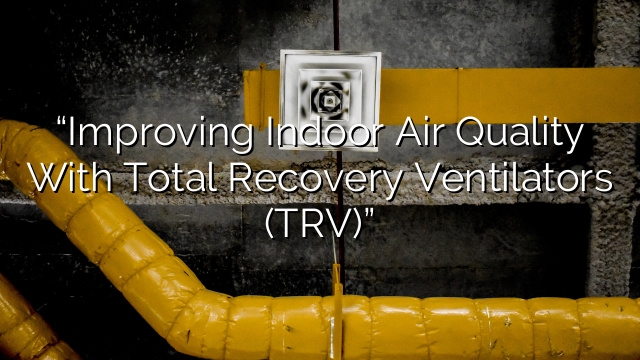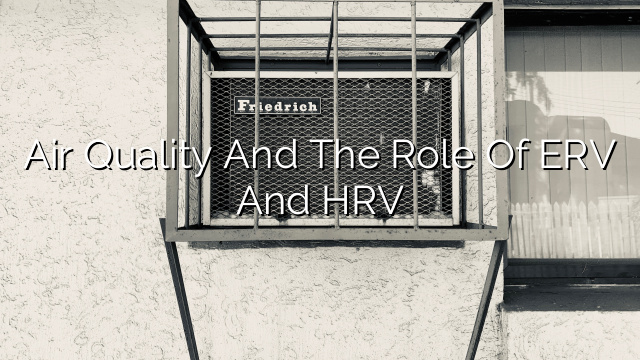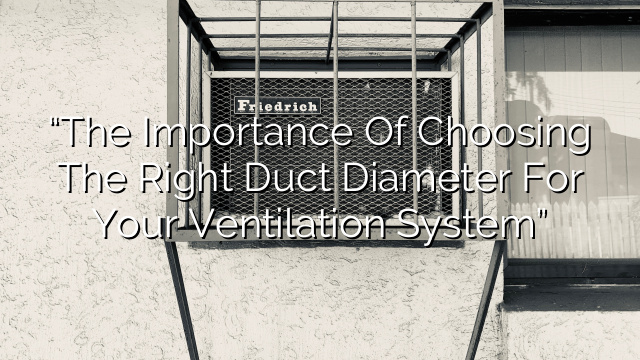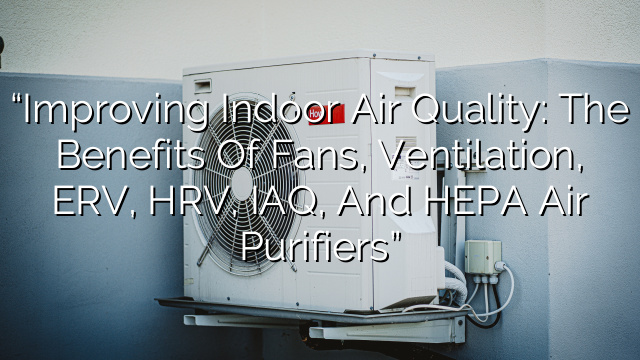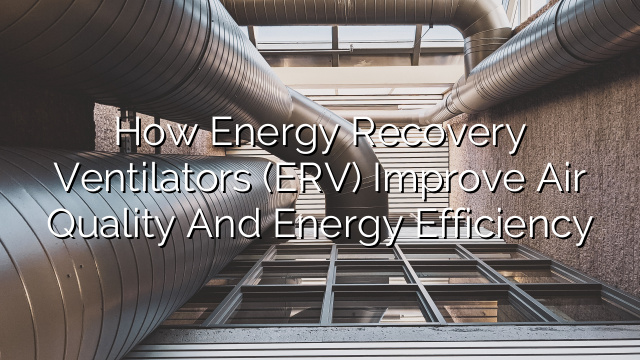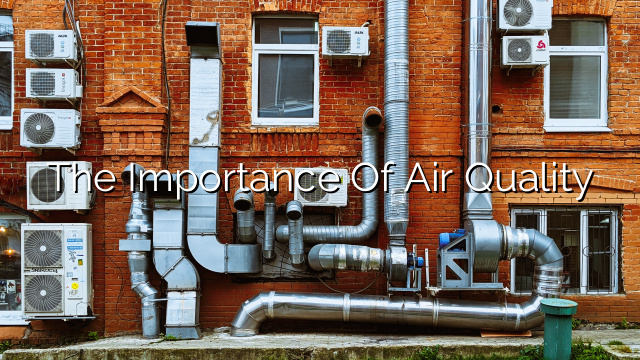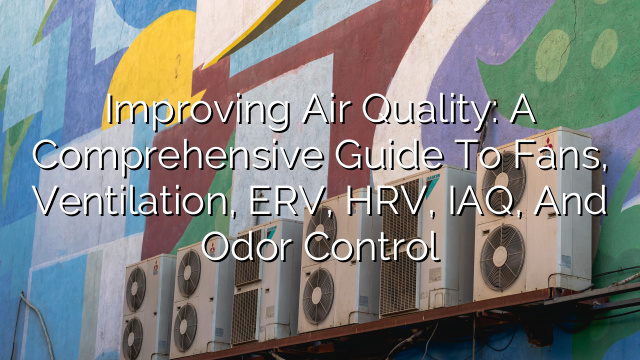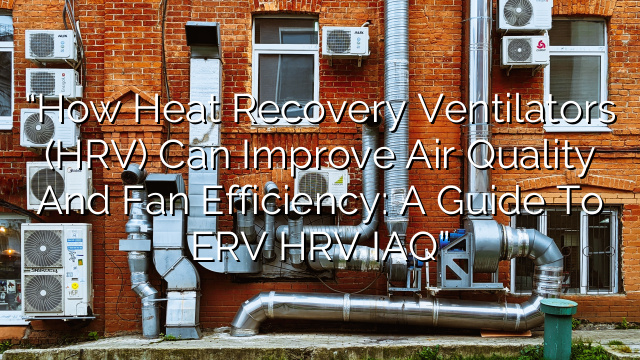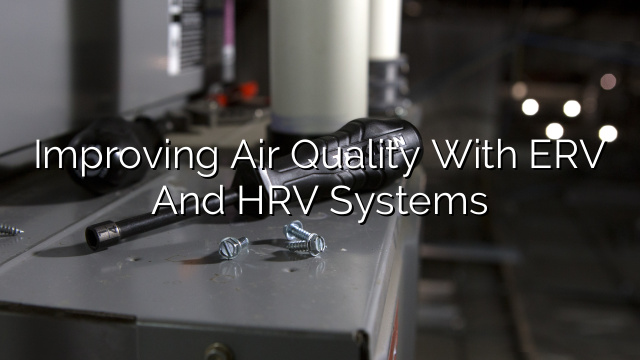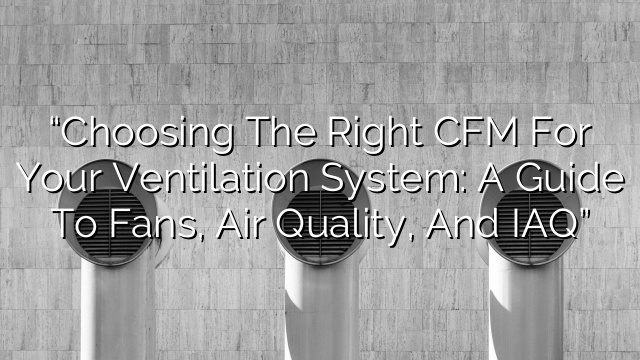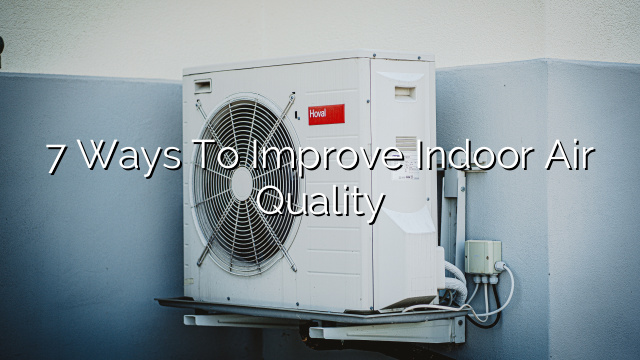Introduction:
Welcome to our blog post on the importance of fans and ventilation in improving air quality. In this post, we will explore various options such as ERV, HRV, IAQ, and voltage options to help you understand their role in ensuring clean and fresh air indoors.
The Role of Fans & Ventilation:
Fans play a crucial role in maintaining good air circulation within a space. They help in removing stale air and replacing it with fresh air, improving indoor air quality (IAQ) significantly.
Proper ventilation is essential to remove pollutants and allergens from the air. It helps in reducing the concentration of indoor air pollutants and prevents the accumulation of moisture, which can lead to mold growth and other issues.
Understanding ERV & HRV Systems:
Energy Recovery Ventilation (ERV) and Heat Recovery Ventilation (HRV) systems are designed to provide a constant supply of fresh air while recovering the energy from the exhaust air.
ERV systems are suitable for hot and humid climates, where they help in reducing the load on air conditioning systems by pre-cooling and dehumidifying the incoming air using the energy from the exhaust air. This process not only improves IAQ but also helps in saving energy.
On the other hand, HRV systems are more suitable for cold climates. They recover heat from the outgoing air and use it to warm up the incoming fresh air. This ensures efficient ventilation without compromising on heating requirements.
Understanding IAQ:
Indoor Air Quality (IAQ) refers to the quality of air inside a building or a space. It is crucial to maintain good IAQ to ensure the health and well-being of occupants. Poor IAQ can lead to various health issues such as respiratory problems, allergies, and even more severe conditions.
A well-ventilated space with good IAQ reduces the concentration of harmful substances such as volatile organic compounds (VOCs), carbon dioxide, and other pollutants. It also helps in controlling humidity levels, reducing the risk of mold growth. Overall, improved IAQ leads to a healthier and more comfortable environment.
The Importance of Voltage Options:
Voltage options play a significant role in determining the compatibility of fans and ventilation systems with the existing electrical infrastructure of a space. Depending on the available voltage, you need to choose fans and ventilation systems that are compatible with your electrical setup.
Common voltage options include 115 volts, 120 volts, and 208 volts. It is crucial to consult with a professional to ensure the proper selection and installation of fans and ventilation systems based on your specific voltage requirements.
Frequently Asked Questions (FAQs):
- What are some common pollutants that affect indoor air quality?
- Volatile Organic Compounds (VOCs)
- Carbon Dioxide
- Radon
- Mold and Mildew
- Pet Dander
- How often should I replace the filters in my ventilation system?
The frequency of filter replacement depends on the type of system and the level of pollutants in your area. However, as a general guideline, it is recommended to replace filters every 3 to 6 months to ensure optimal performance.
- What are some signs of poor indoor air quality?
- Constant stuffiness or unpleasant smell
- Excessive humidity or moisture
- Visible mold or mildew
- Increased occurrence of respiratory issues and allergies
- Dust accumulation on surfaces
- Can I install an ERV system in a cold climate?
While ERV systems are specifically designed for hot and humid climates, they can still be installed in cold climates. However, it is essential to consult with a professional to ensure proper sizing and ensure that the system is compatible with the specific climate conditions.
- How can I improve indoor air quality without a ventilation system?
While a proper ventilation system is the most effective way to improve indoor air quality, there are other measures you can take. These include opening windows and doors to let fresh air in, using natural ventilation techniques such as cross-ventilation, and using air purifiers and plants that help in filtering and purifying the air.
Conclusion:
Fans and ventilation systems play a vital role in improving indoor air quality. Whether you choose an ERV or HRV system, understanding the voltage options available is essential for seamless integration with your existing electrical setup. By ensuring proper ventilation and investing in IAQ, you can create a healthier and more comfortable living or working environment for yourself and others.


